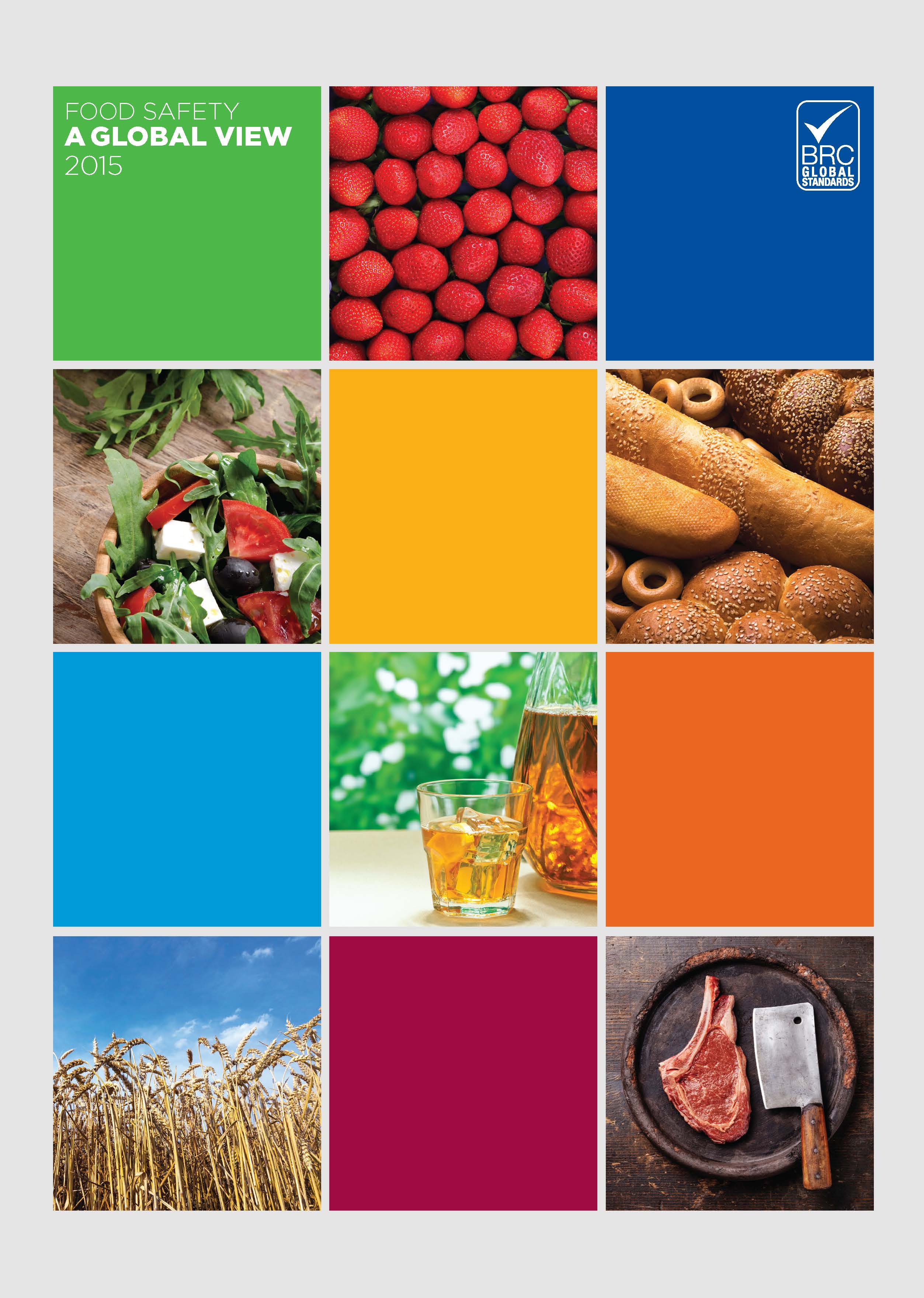The findings are based on the Consortium’s annual audits of some 17,113 food production sites in 120 countries around the world.
The BRC has divided its data into 18 food categories including raw red meat, raw poultry, fruit, vegetables and nuts, dairy, liquid egg, ready-to-eat meals, bakery and oils and fats.
Only 68.7% of the 1,263 fish sites it audited achieved an A-grade rating, the joint lowest result among all 18 categories, and 10% lower than the global all-category average.
Most of the sites which fell into the raw fish category were based in China, Vietnam and the UK.
China fish audits
A quarter of all Chinese fish audits did not conform to the BRC's Chemical Control Processes standards, while failure in identification of raw materials and testing traceability systems was significantly above average.
In Vietnam, ceilings non-conformities were prominent, while in the UK, doors non-conformities were an issue in the fish production industry.
Nigel Scott, sales and marketing manager, BRC Trading told FoodQualityNews.com the longer sites stay in the BRC certification scheme the higher their audit score.
“The scores reflect a geographic bias as a large number of the fish sites are in countries that have less mature food safety systems,” he said.
At country-level, the UK achieved the highest BRC A-grade rating across all categories, with an average score of 92.8%.
The US, a huge growth area for global food exports, recorded the second-highest score of 87.8%, followed by the Netherlands and Italy.
China performed worst in terms of A-grade ratings, and only 29.7% of sites were graded A across all categories.
Spain, too, attained weak scores, recording the lowest rating for Europe and third lowest globally, at 67.5%.
Benchmark sector performance
This is the second annual edition of the BRC's Food Safety – A Global View report, based on data which BRC Global Standards collects globally during food safety audits over a seven-month period.
This is the first year the BRC has categorised the data by food group rather than by country.
Suppliers and retailers will now be able to benchmark sector performance on a global scale, within particular food and drink categories.
In terms of overall performance, raw poultry producers emerged as the global leaders of BRC food safety standards, with 86.3% of sampled sites receiving an A-grade rating.
Raw prepared products foods sites achieved the second highest score globally with 84.2% of A-grades, followed by raw red meat, cereal and nuts, and ready-to-eat meals.
“The programme is committed to sharing best practice to improve food safety, and with this data and analysis we are providing a global picture of manufacturing performance, as well as unprecedented depth of insight for the industry,” said Mark Proctor, CEO, BRC Global Standards.
Top 10 non-conformities
The BRC report identifies the Top10 non-conformities in 2014 across the 17,113 sites which it assessed.
1. Documenting cleaning procedures. Stes must be maintained at a suitable level of cleanliness and with a planned and detailed schedule of cleaning.
2. Door maintenance. Site doors must be maintained in good condition and external doors and dock levellers need to be close fitting or adequately proofed.
3. Chemical Control Processes need to be in place to manage the use, storage and handling of non-food chemicals to prevent chemical contamination.
4. Equipment Design and Placement. All food processing equipment must be suitable for its intended purpose and used to minimise the risk of product contamination.

5. Documenting Brittle Material Handling Procedures for handling glass and other brittle materials was the next biggest area where suppliers were found lacking.
6. Identification of Raw Materials, which covers traceability through all stages of processing and dispatch was the sixth biggest stumbling block.
7. Companies were found to have shortcomings in the way walls were maintained to prevent the accumulation of dirt, minimise condensation and mould growth, and facilitate cleaning.
8. Documentation Control. Effective document control systems must be in place to ensure correct versions of documents, including recording forms, are available and in use.
9. Ceilings and Overheads must constructed, finished and maintained to prevent the risk of product contamination.
10. Product Storage Procedures. Sites should develop documented procedures to maintain product safety and quality during storage, in line with risk assessments. These procedures should be understood by relevant staff and implemented accordingly.
